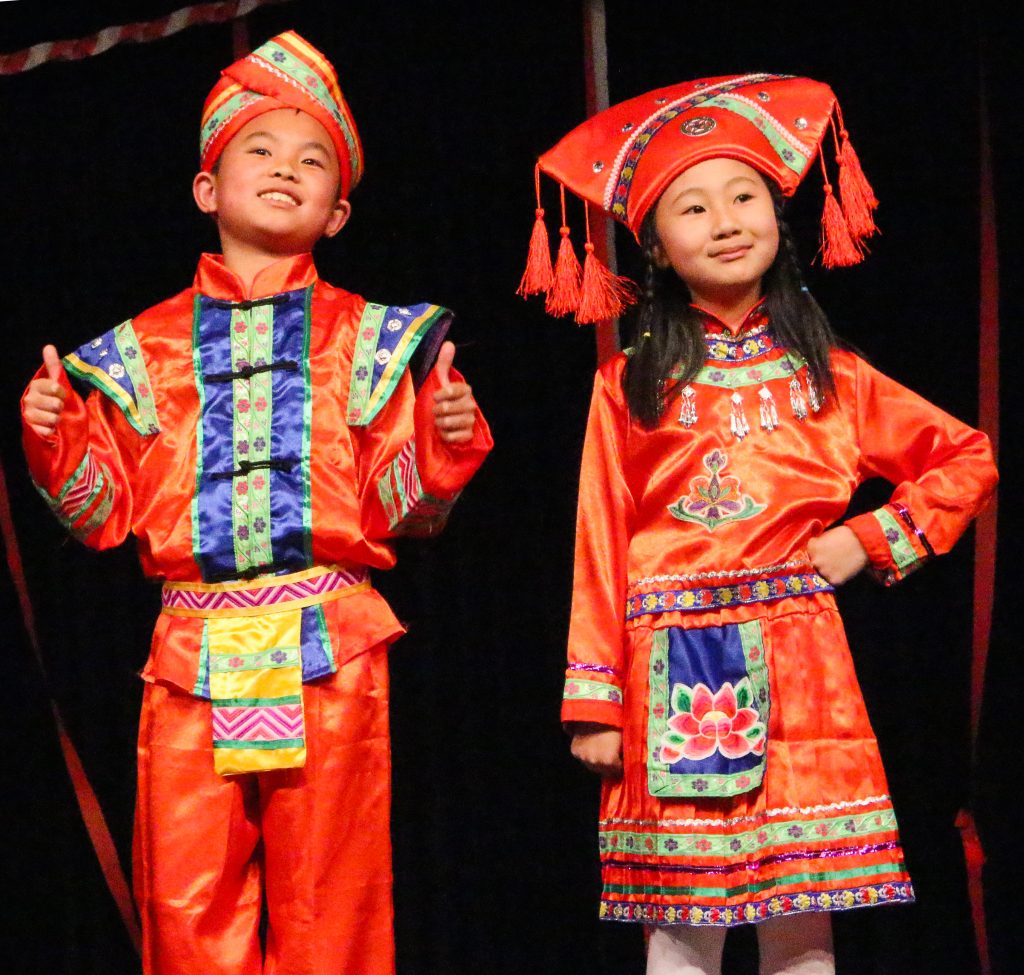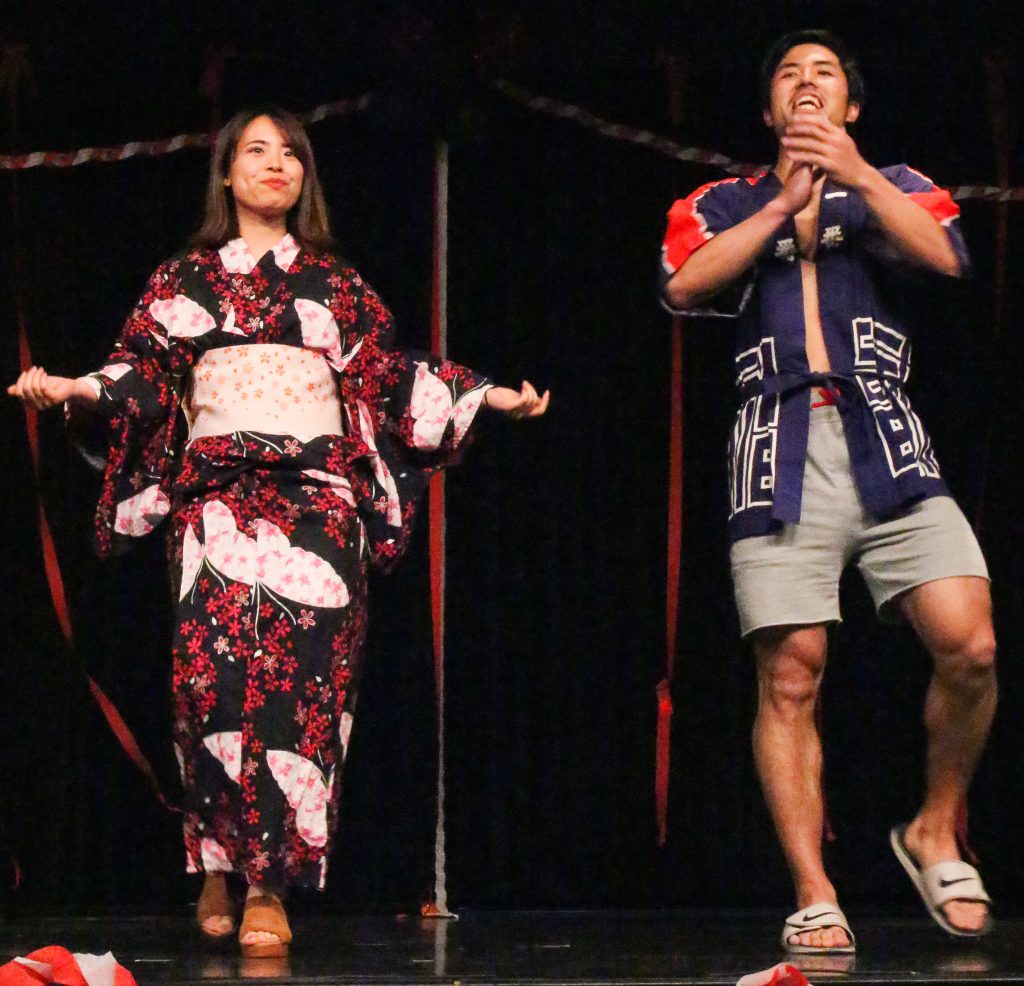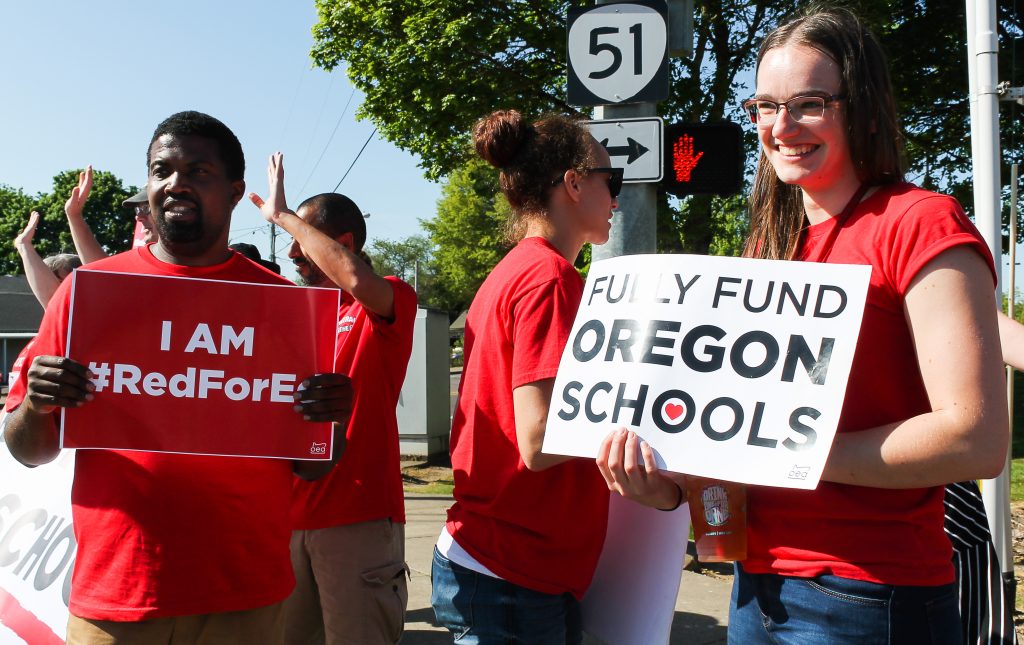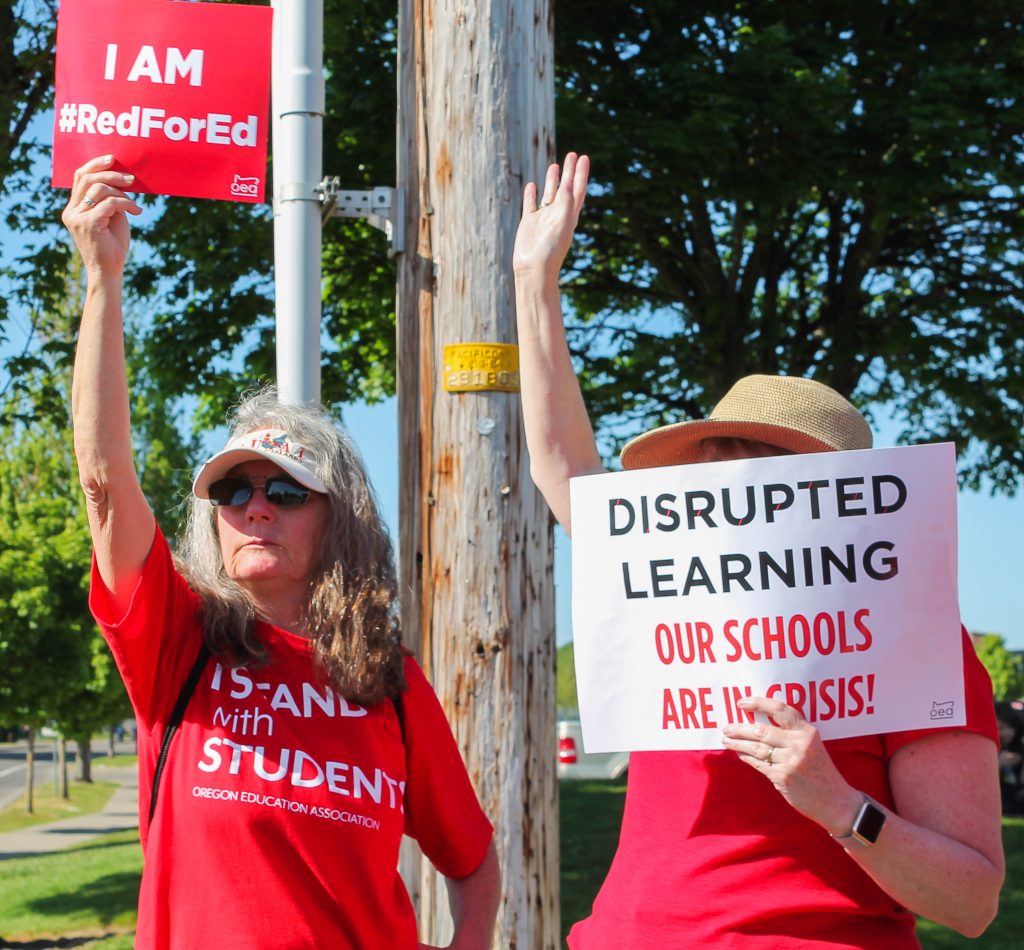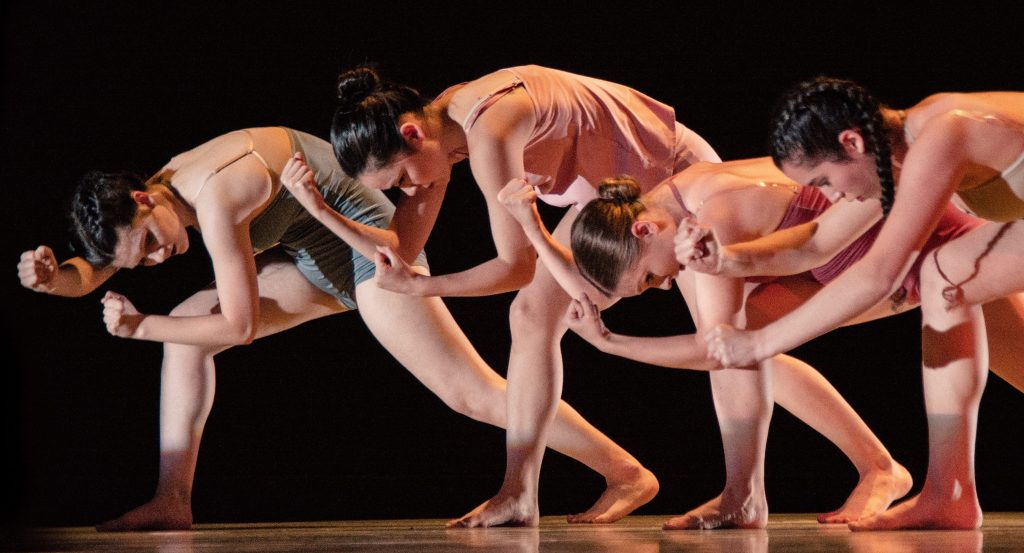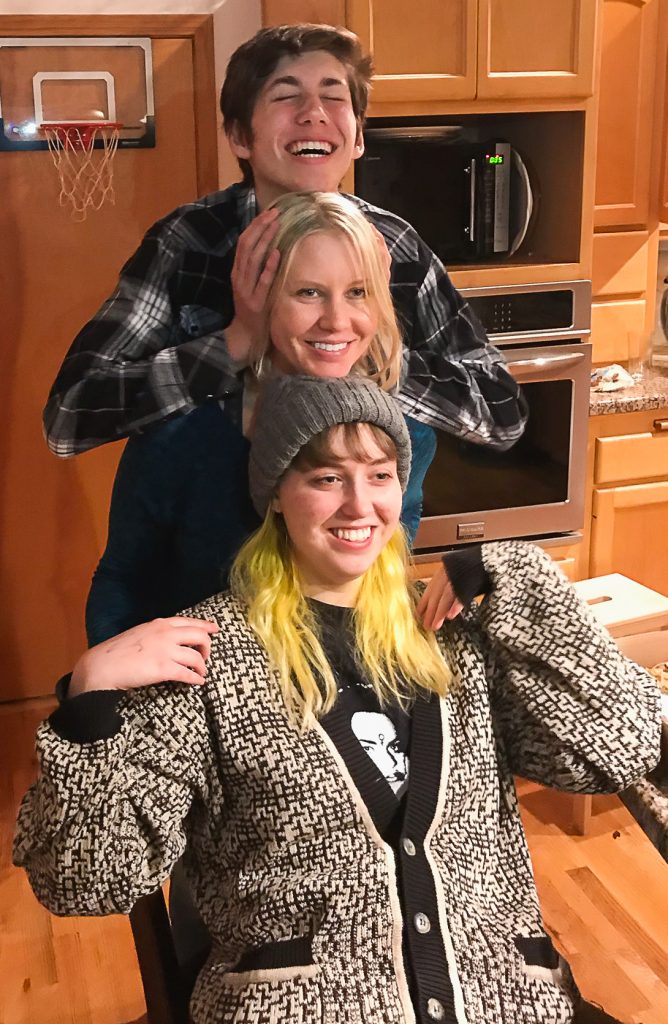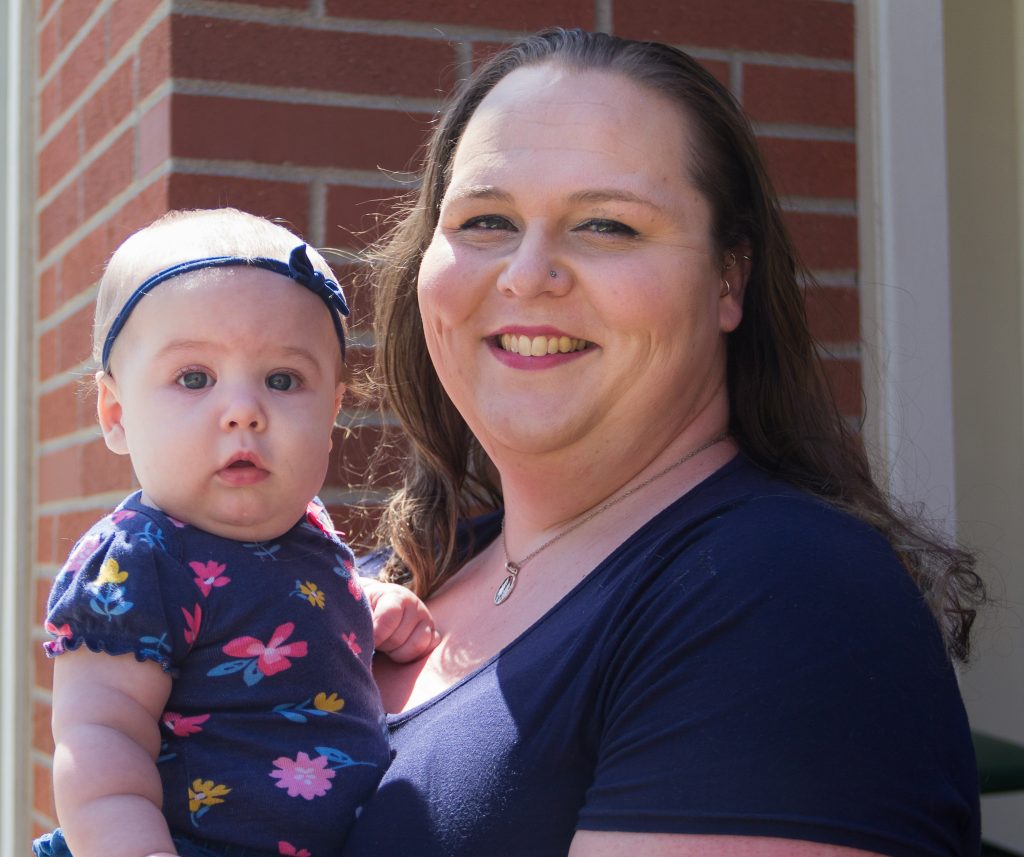Caity Healy | Editor in Chief
Mother’s Day: A time to celebrate the maternal figures in our lives who have helped us reach the point we are at now. Whoever that person is for you, an important date is coming up. Falling on May 12 this year, this holiday gives us an opportunity to thank mothers for all that they do.
It’s no secret that being a mother is a difficult thing to be. Add student to the job title, and the position just became all-the-more demanding — and all-the-more rewarding. Three mothers shared what it’s like to be both a student and a mom, and discussed some of the obstacles they’ve overcome and experienced to reach the point that they’re at now.
[fruitful_sep]

Demeter Finch
Demeter graduated high school in 2001. Since then, she’s been trying to get her bachelor’s degree, going to school off and on for 18 years. For the past six years, she’s been married. About four years in to her marriage, the two took notice of something.
“We started asking … ‘Why do we have no babies yet?’ And we were told … I couldn’t have kids,” said Demeter.
So, she continued pushing forward with school. However, about one year ago, she received news she didn’t think she ever would: “I found out I was 16 weeks pregnant,” said Demeter.
“The same week I found out I was in the Interpreting Program, and the same week I got accepted to Seabeck, I found out I was pregnant.”
When speaking with Demeter, the amount of love she felt for her daughter, Persephone, was obvious.
“She still doesn’t sleep through the night. She’s a mommy’s-girl,” said Demeter. “She’s very opinionated — she’s just my mini-me.”
Being both a mother and a student, Demeter has faced some obstacles as she attempts to finish out her final year at Western.
“For all of her firsts, I don’t necessarily want to miss those but I know I have to keep coming to school and finish what I started for her,” said Demeter. “So definitely, as a mom, the guilt of leaving her at home … sometimes it’s not always easy. Especially with the added idea that I didn’t think I would ever have her … she’s super special so I need to be there.”
But despite all of the struggles she faces, the thing that helps her pull through is her perseverance.
“I think that people think ‘oh it’s not possible’ — but it is possible. You just have to pick and choose what your priorities are,” said Demeter. “If you have something that you want to do, just hold on to it. You can get it no matter what, just keep pushing.”
Photo courtesy of Liz McClellan
[fruitful_sep]

Arianna Stone
Arianna’s story began by her moving to Australia after graduating high school in 2008 to work, save money, and practice her photography. When she moved back to the US in 2011, she became a full-time photographer. After difficulties keeping her photography business alive with Patrick, her then business-partner, now husband, the two began facing even more obstacles.
In 2013, the home they were renting burned down. From there they’d couch hop, until they moved in with parents to save money. In 2014, they got married, bought their first home, and Arianna became pregnant with their first child, Eleanor. When she was born, Arianna became a stay-at-home mom.
Soon, Arianna and Patrick realized they weren’t making enough to save for important life events. Due to that, paired with several other reasons, they decided to go back to school. Arianna attended Chemeketa Community College where she earned her associate degree and had her second child, Henry, in 2018. Now, she is in her junior year at Western.
With her and her husband both attending school, there are certainly some challenges.
“Scheduling is so much harder when you have little people to take care of,” said Arianna. “I can’t just take whatever classes I want to take, whenever I want to take them.” On top of that, she added that getting care for her two children can be very expensive — so much so, that she had to pick up a full-time job while being a full-time student to pay for it.
Struggles aside, there are several reasons that Arianna feels that her experience is rewarding, as well.
“My daughter got to be at my community college graduation … and that made me so proud,” she said. “My daughter will see me do this, and know that nothing is impossible for her.”
Arianna made it clear just how important her children are to her.
“We all have our reasons for attending college, and my kids are a big part of mine,” she said.
Photo courtesy of Arianna Stone
[fruitful_sep]

Liz McClellan
In 1991, Liz graduated high school and began her college education at Chemeketa Community College, planning to go into teaching. After a couple of years, she left, started working, then came back — this time at Portland Community College, where she got a degree in dental hygiene.
For 21 years, she worked as a dental hygienist. During these years, she had her daughter, Annika, and her son, Liam. But, eventually, she was ready to go back to school to continue her education in teaching, taking one year online at Oregon State University, and the rest at Western Oregon.
As a single mother, an obstacle she faced was trying to figure out how to support herself to go back to school. But luckily, she has a huge support system. So much so, that she keeps a list of all of the people who have been a support to her over the years.
“I have a little notebook, and anytime I get help from someone or even a kind word — and my kids are on that list, too … as well as their dad, and step-mom — they go on the list, and the list is very long,” said Liz. “It’s not a solo journey.”
Having the support of her children was incredibly important to Liz. When she was transitioning back into being a student, her whole family sat down to figure it out. The response she got from Annika and Liam made the transition easier.
“I got their support to do this, so that really helped. But it’s hard to miss things,” said Liz. Her decision was not only supported by her children and family, but also by other moms.
“A lot of moms who had had children were like, ‘You should just go for it, and don’t worry about what anyone says.’ And I just got some really good encouragement from other women. So that’s what I want to do,” said Liz. “Go for it, you can do it.”
Photo by Caity Healy
Contact the author at howleditor@wou.edu


